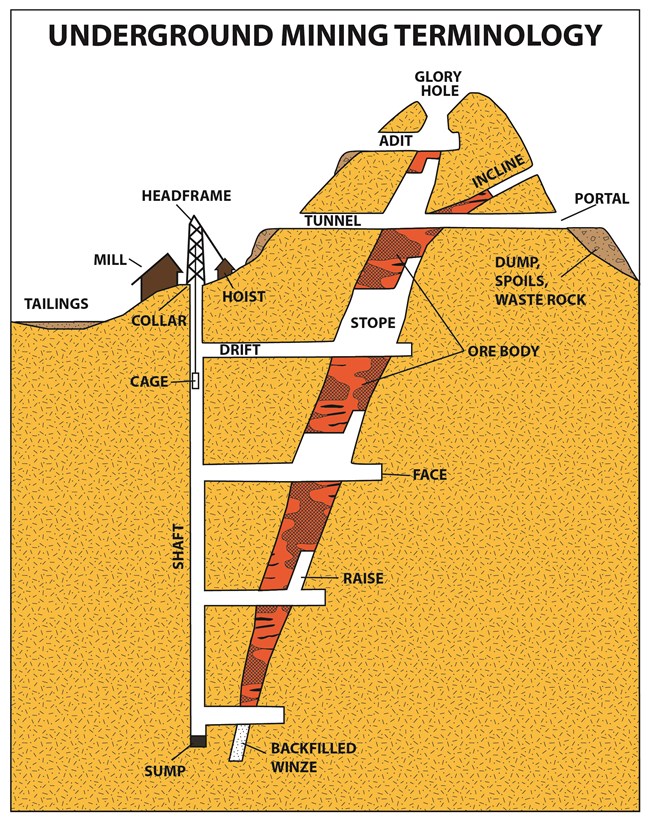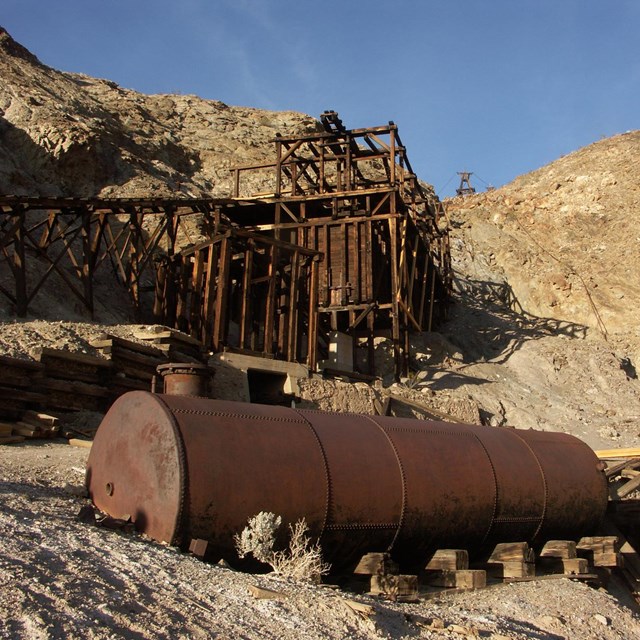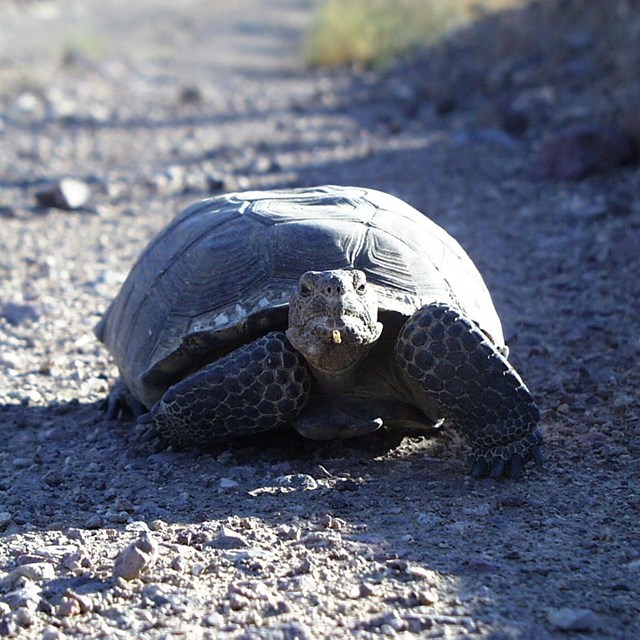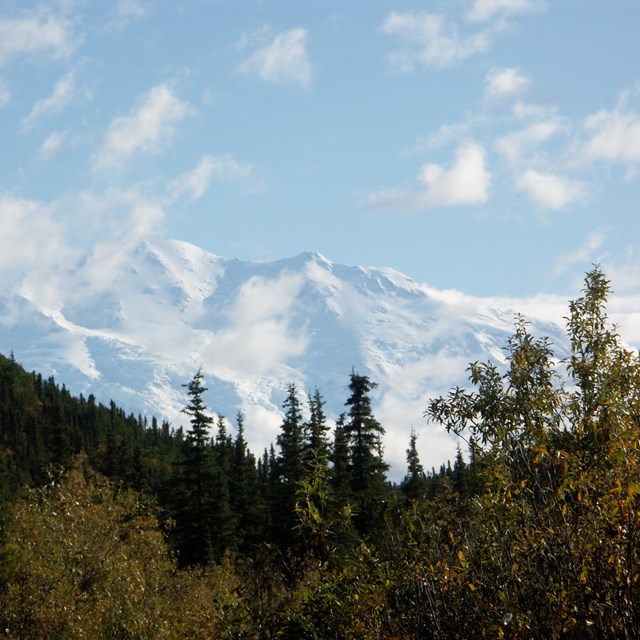
National Park, California and Nevada. NPS photo. Introduction
NPS illustration. AMLs includes “features” and “sites.” AML “features” include old mine structures such as headframes or tramways, mine openings such as shafts and adits; piles of waste rock (unprocessed, sub-grade mined rock), mill tailings (reject materials from mined rock that has been processed to remove the desired commodities), and ore; abandoned and orphaned oil and gas wells; fuel storage tanks; drainage diversions; buildings such as mills and assay shops; and abandoned heavy equipment and tools. A collection of these features occurring within a discrete geographic area is called an AML “site.” AML—Natural & Cultural Resources
|
Last updated: December 19, 2022



